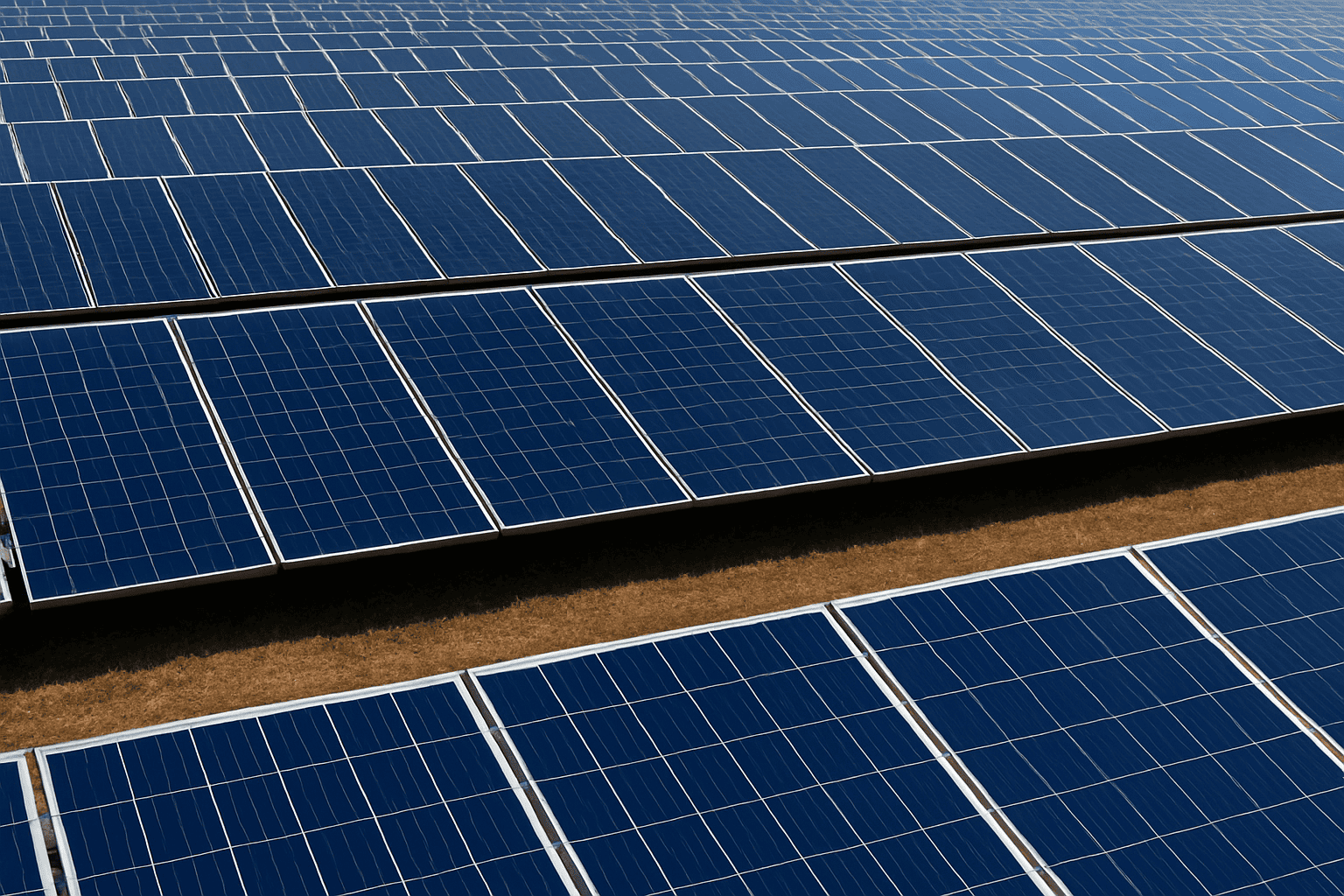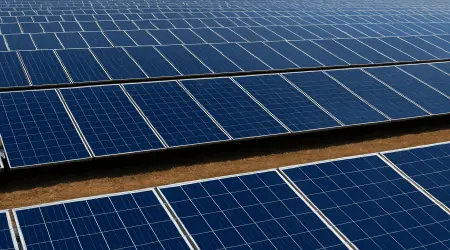

BRICS Nations Now Produce Over Half of Global Solar Energy: New Report Reveals Shift in Global Power
The global renewable energy landscape is witnessing a historic shift as BRICS countries now account for over half of the world’s solar energy production. According to a new report by energy think tank Ember, the ten BRICS member nations collectively produced 51% of the global solar power in 2024, cementing their position as central players in the global energy transition.
The report, released just ahead of the upcoming BRICS summit, highlights the rapid pace at which major economies like China, India, and Brazil are accelerating clean energy deployment, challenging traditional energy powerhouses in the West.
China Leads the Solar Energy Boom
Unsurprisingly, China remains at the forefront of this solar revolution. In 2024 alone, China generated an astounding 834 terawatt-hours (TWh) of electricity from solar sources — more than triple the output of the second-largest producer, the United States.
China’s dominance in the solar sector is not limited to generation alone. The country has also solidified its position as the world’s largest manufacturer and installer of solar panels, contributing significantly to global clean energy capacity expansion.
The Ember report reveals that China's solar energy production has experienced consistent double-digit growth over the past decade, fueled by massive government investments, technological advancements, and falling production costs.
Moreover, in the first five months of 2025, China met its increased electricity demand entirely through clean energy sources, primarily solar and wind, marking a substantial reduction in fossil fuel dependency.
India and Brazil Emerging as Clean Energy Leaders
India, often referred to as the world’s fastest-growing major economy, has also seen remarkable progress in its solar energy sector. Solar electricity generation in India reached 133 TWh in 2024, representing a four-fold increase compared to 2019.
India’s solar expansion aligns with its ambitious climate targets, including achieving 500 gigawatts (GW) of non-fossil fuel capacity by 2030. Government policies, large-scale solar parks, and declining solar costs have driven rapid adoption across the country.
Meanwhile, Brazil, known primarily for its hydropower resources, has made significant strides in diversifying its renewable energy portfolio. In 2024, Brazil surpassed Germany to become one of the top five solar energy producers globally, with 75 TWh of solar-generated electricity.
Brazil’s favorable solar conditions, coupled with supportive policies, have positioned the country as a key player in the Latin American renewable energy market.
Historic Growth Across BRICS Block
The report underscores that the growth in solar energy production within BRICS countries is not only contributing to total electricity generation but is also transforming the energy mix itself.
In 2024, solar energy accounted for 36% of the increase in electricity generation across BRICS nations — a dramatic rise from just 14% in the previous decade and a mere 0.25% in the decade before that.
When combined with other renewable sources such as wind, hydroelectric, and nuclear energy, clean energy sources collectively contributed to a 70% increase in electricity production across BRICS nations in 2024.
Ember’s Senior Electricity Analyst, Mui Ying, emphasized the significance of these developments, stating:
"BRICS countries are no longer spectators in the global energy transition — they are now at the center. Together, they produce more than half of the world’s solar electricity, reshaping global energy dynamics."
Global Implications of BRICS’ Renewable Surge
The BRICS nations — Brazil, Russia, India, China, South Africa, along with recent additions including Egypt and the UAE — collectively represent a significant portion of the global population, landmass, and economic output.
Their growing dominance in solar energy has profound geopolitical and environmental implications. As Western nations grapple with energy transitions and climate targets, BRICS countries are rapidly scaling up clean energy infrastructure, which could shift the balance of global energy leadership.
China, in particular, has become a renewable energy manufacturing powerhouse, controlling substantial portions of the global supply chain for solar panels, batteries, and other critical technologies. This strategic advantage positions China and its BRICS allies as influential players in future energy markets.
Challenges Remain, But Momentum Builds
Despite the remarkable progress, challenges persist. Many BRICS nations continue to rely heavily on fossil fuels, particularly coal and natural gas, for electricity generation. Integrating variable renewable energy sources like solar and wind into national grids requires substantial investments in grid modernization, storage solutions, and regulatory frameworks.
Moreover, equitable energy access, affordability, and rural electrification remain key priorities, especially in countries like India, South Africa, and parts of Brazil.
Nevertheless, the trajectory is clear. The BRICS bloc’s commitment to clean energy, particularly solar, signals a new era where emerging economies take the lead in addressing climate change and building resilient, sustainable energy systems.
As the world watches the upcoming BRICS summit, the role of renewable energy in shaping the bloc’s economic, environmental, and geopolitical strategies will undoubtedly be central to discussions.
One thing is certain: the future of solar energy — and by extension, global energy security — is increasingly being shaped in the Global South.




